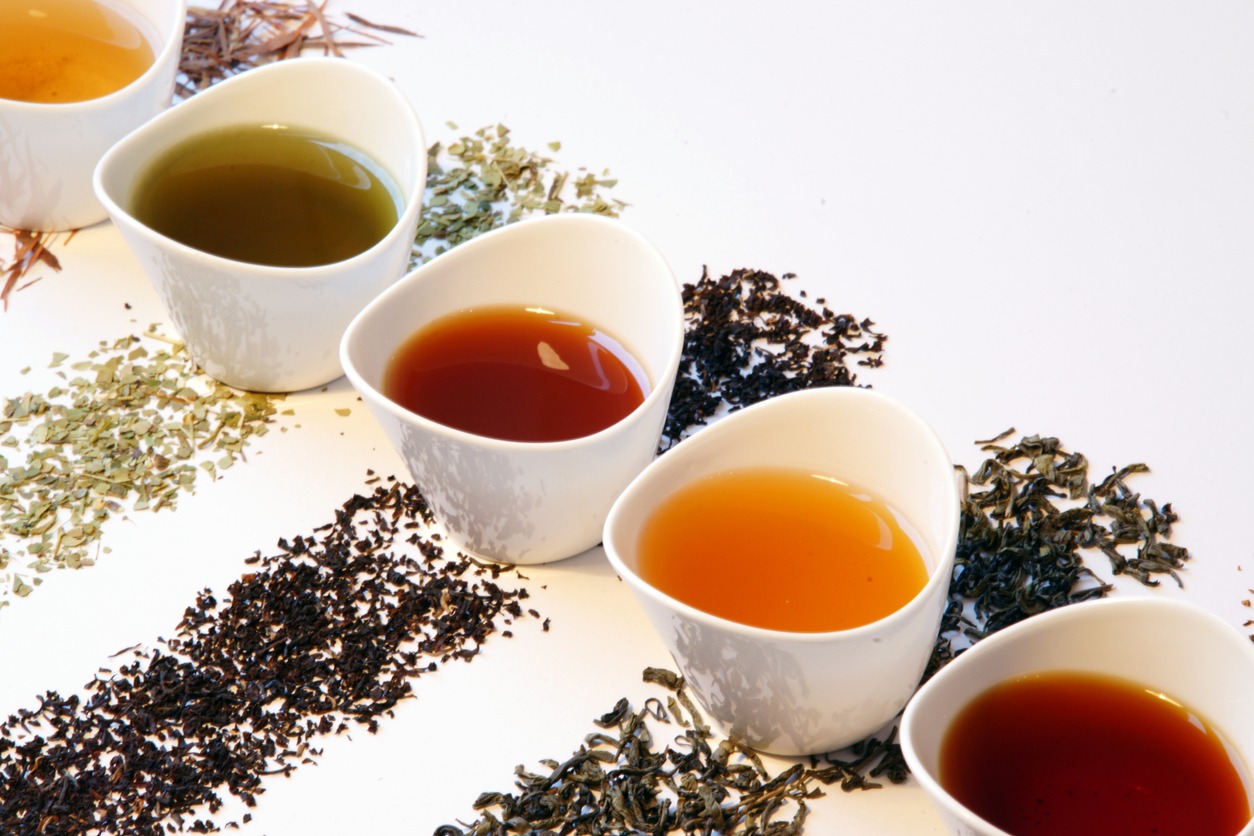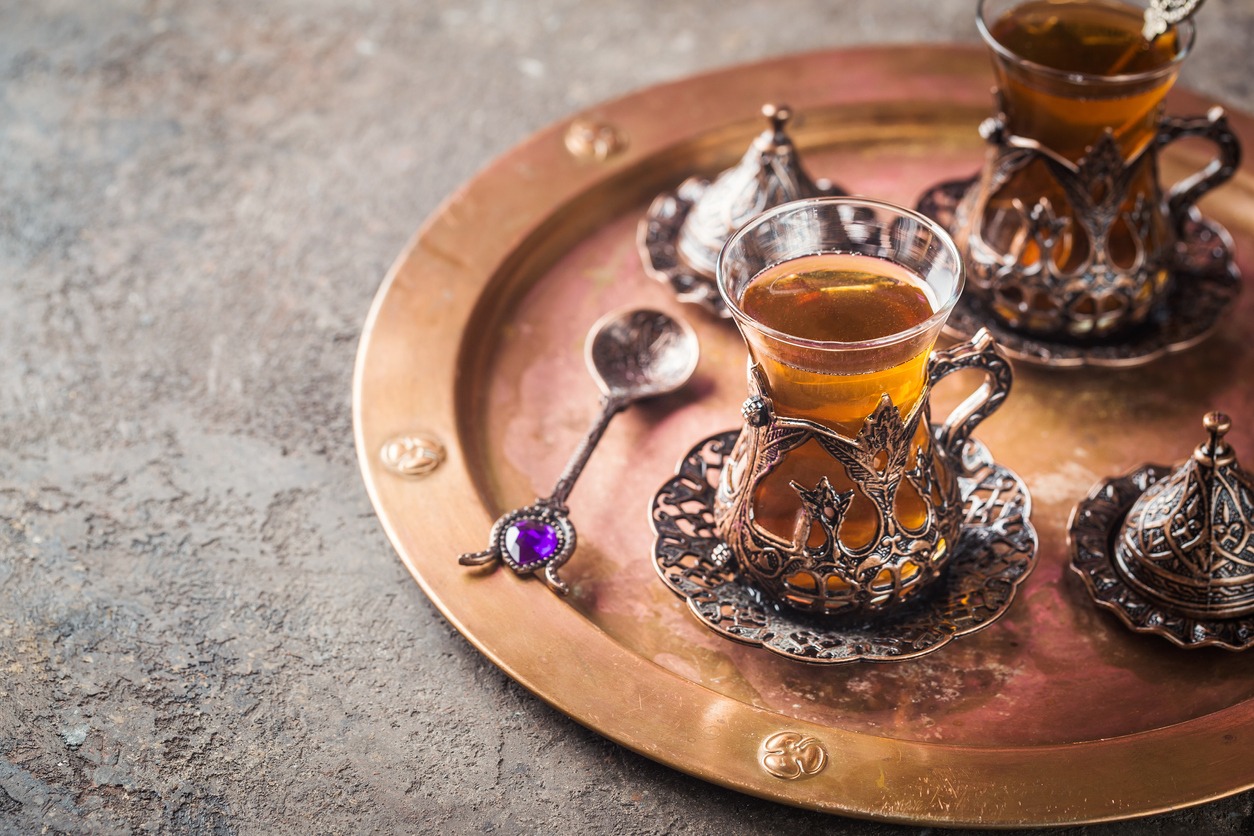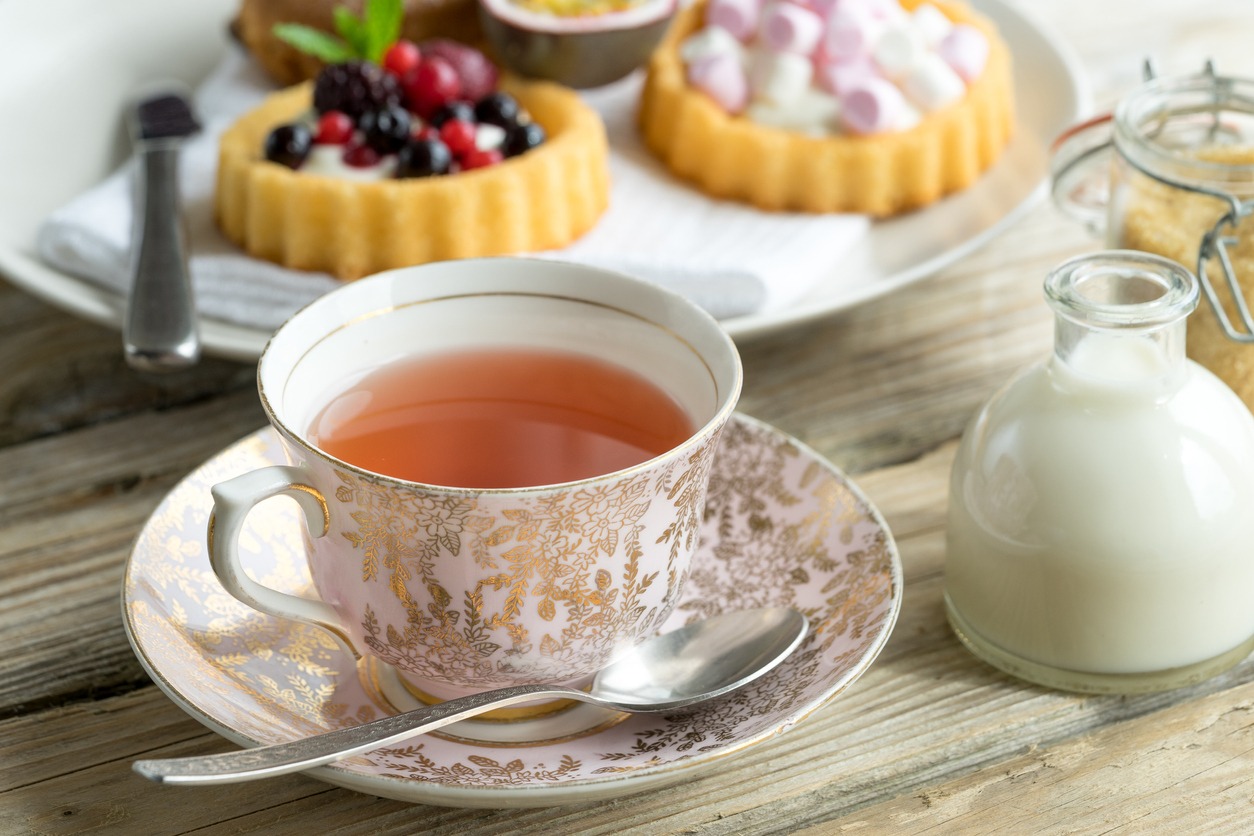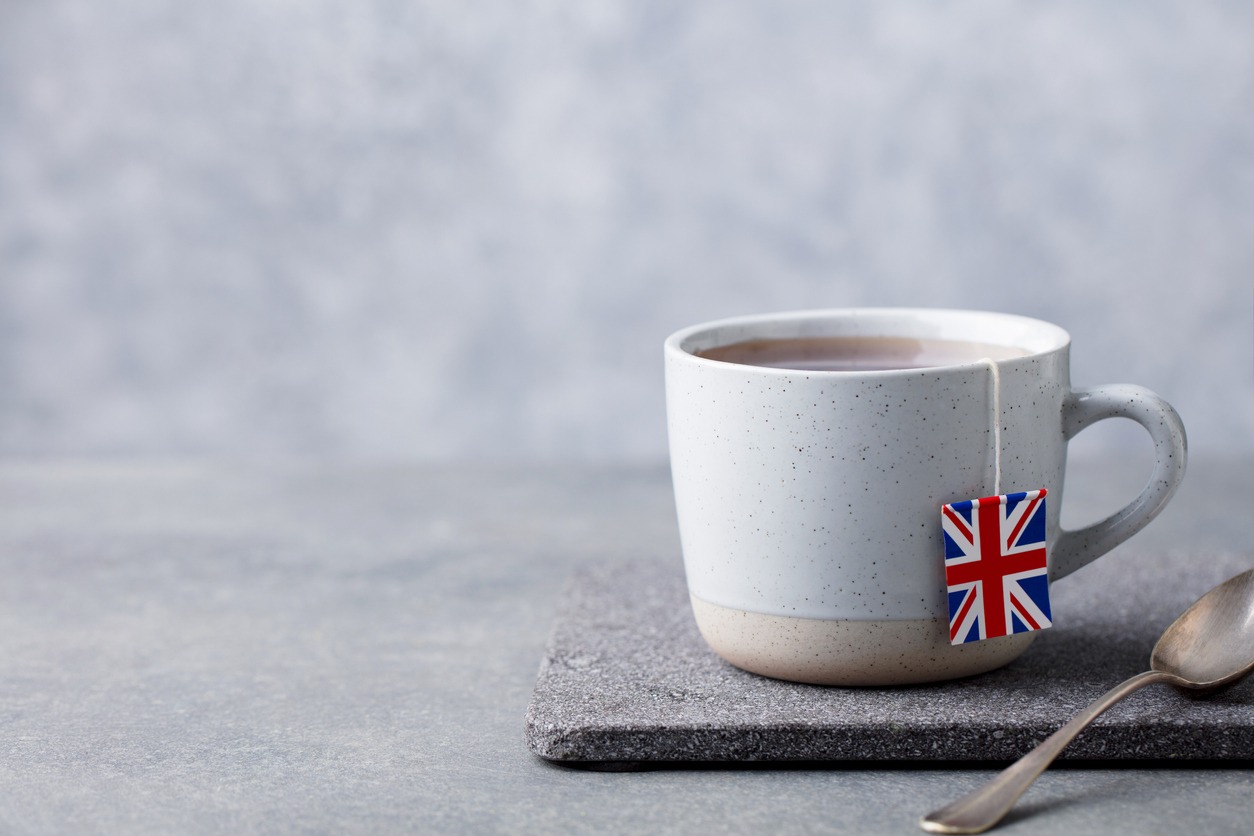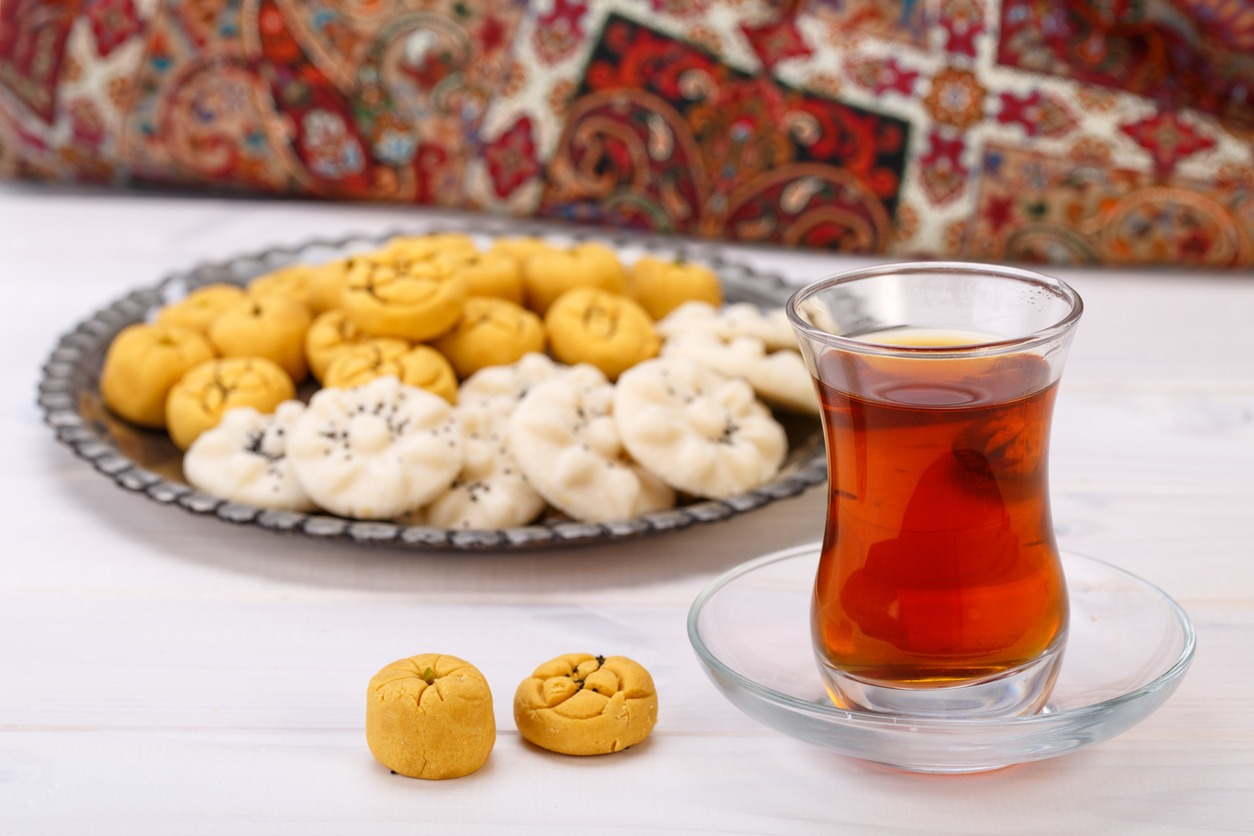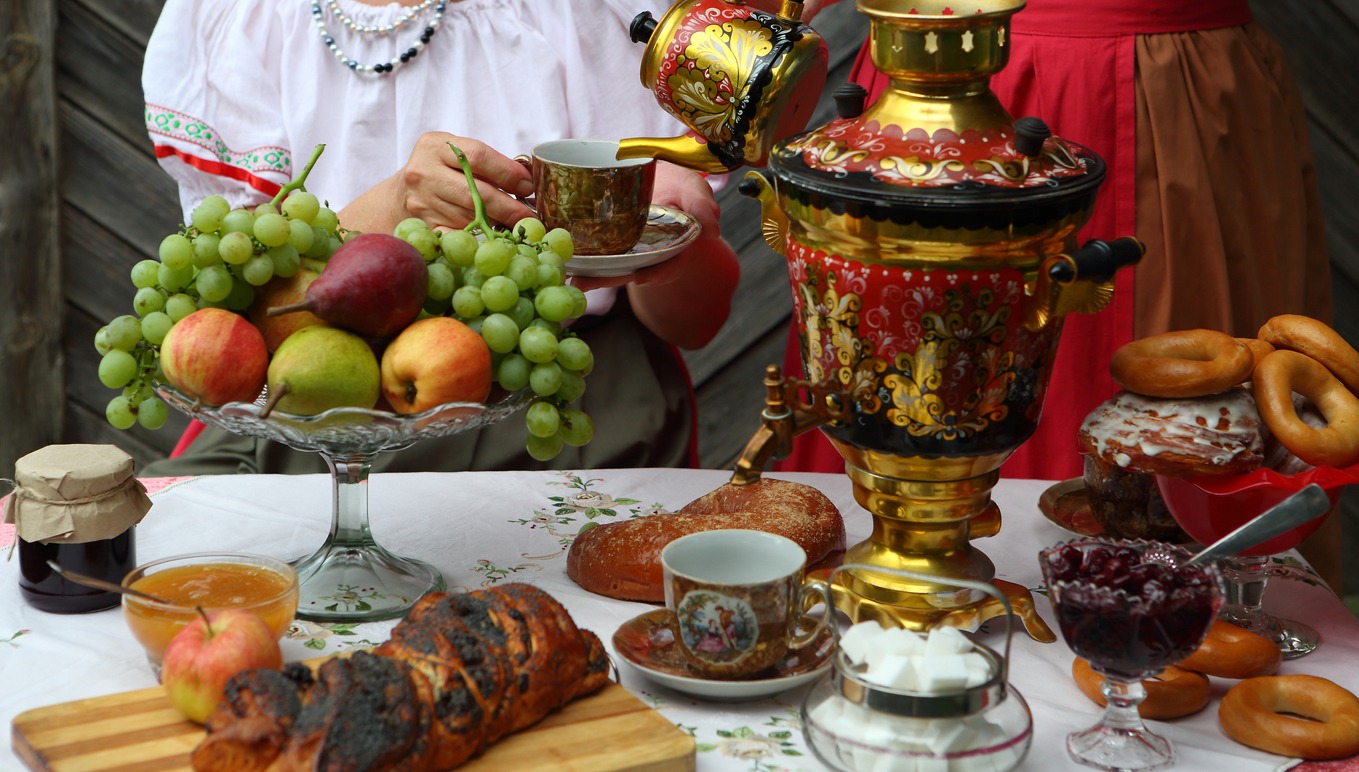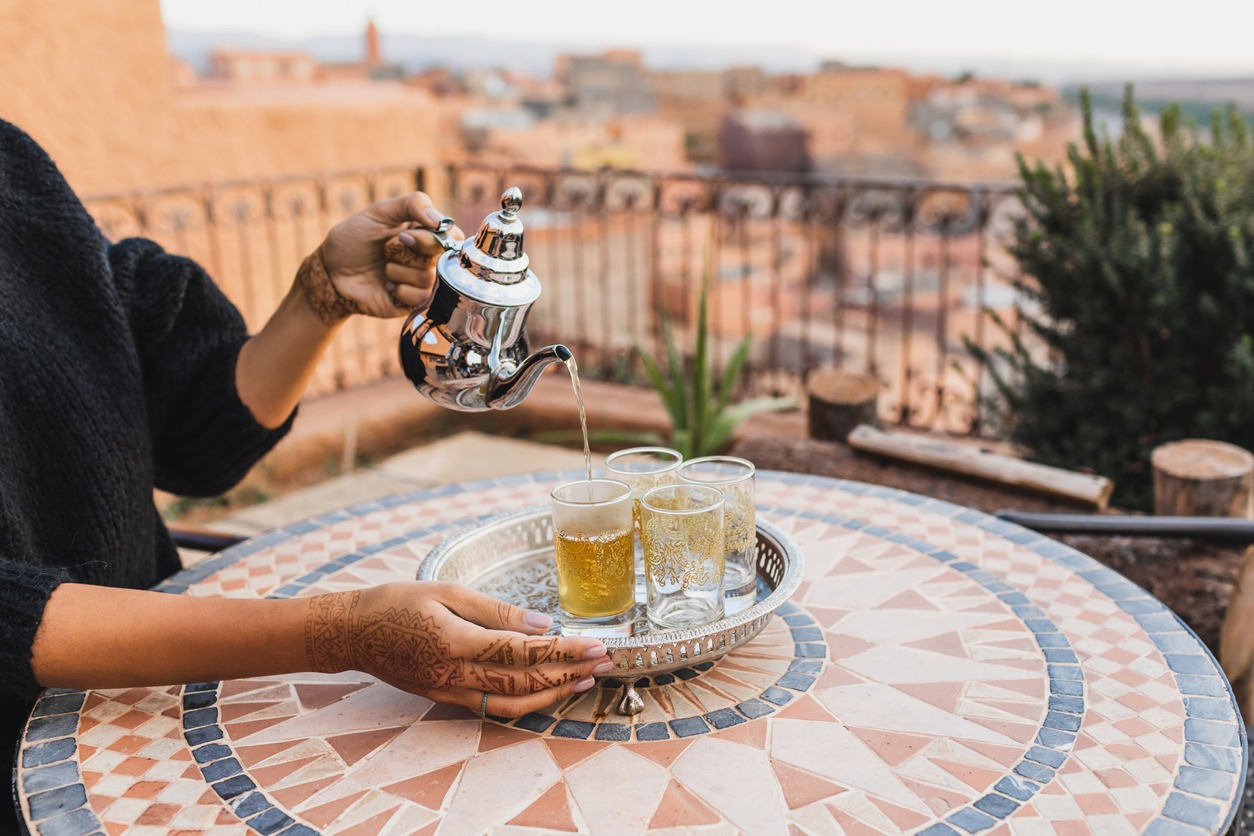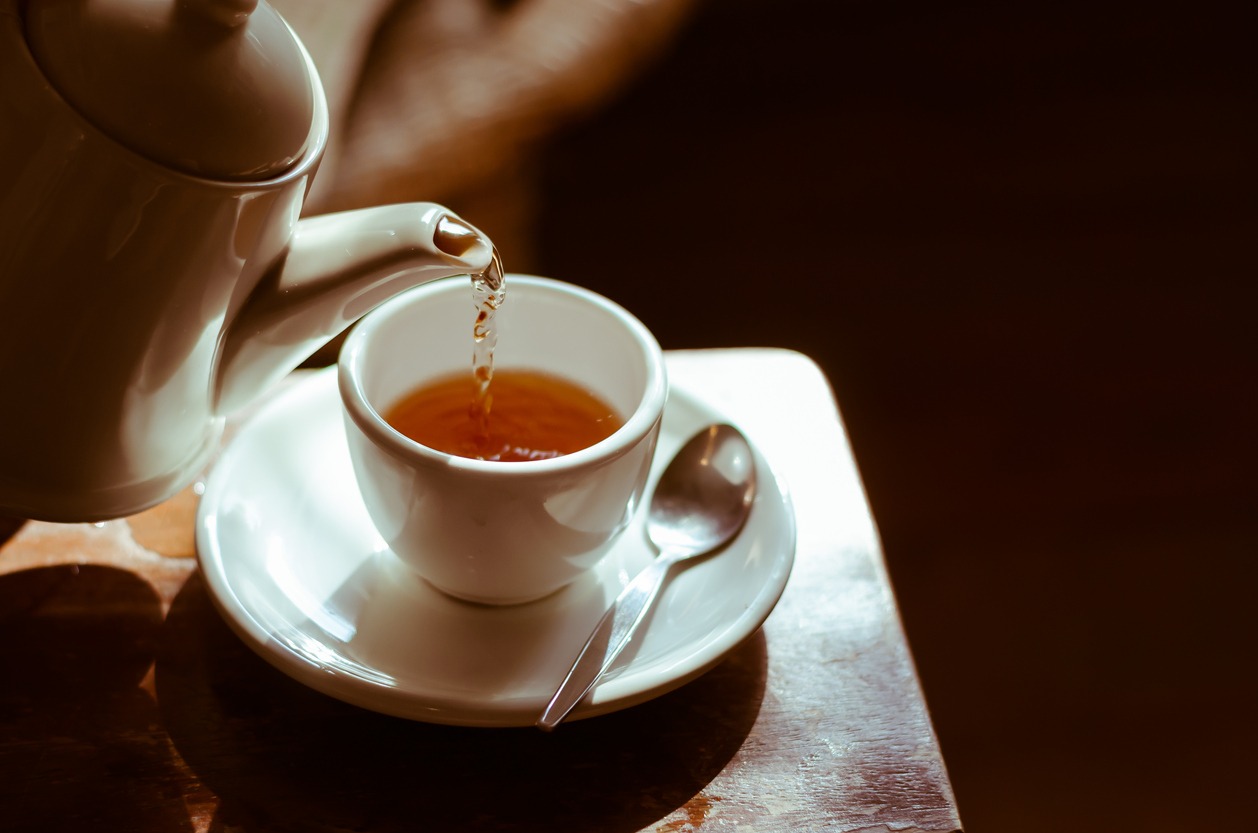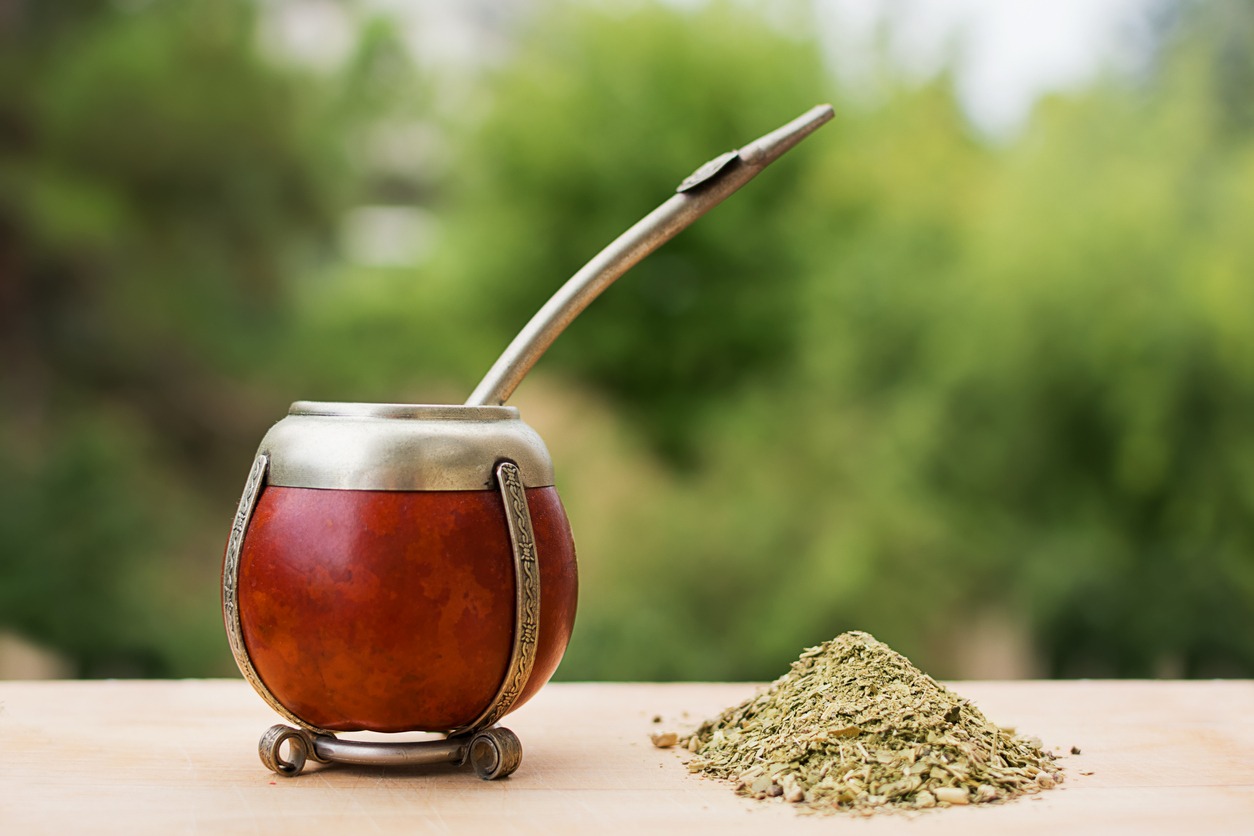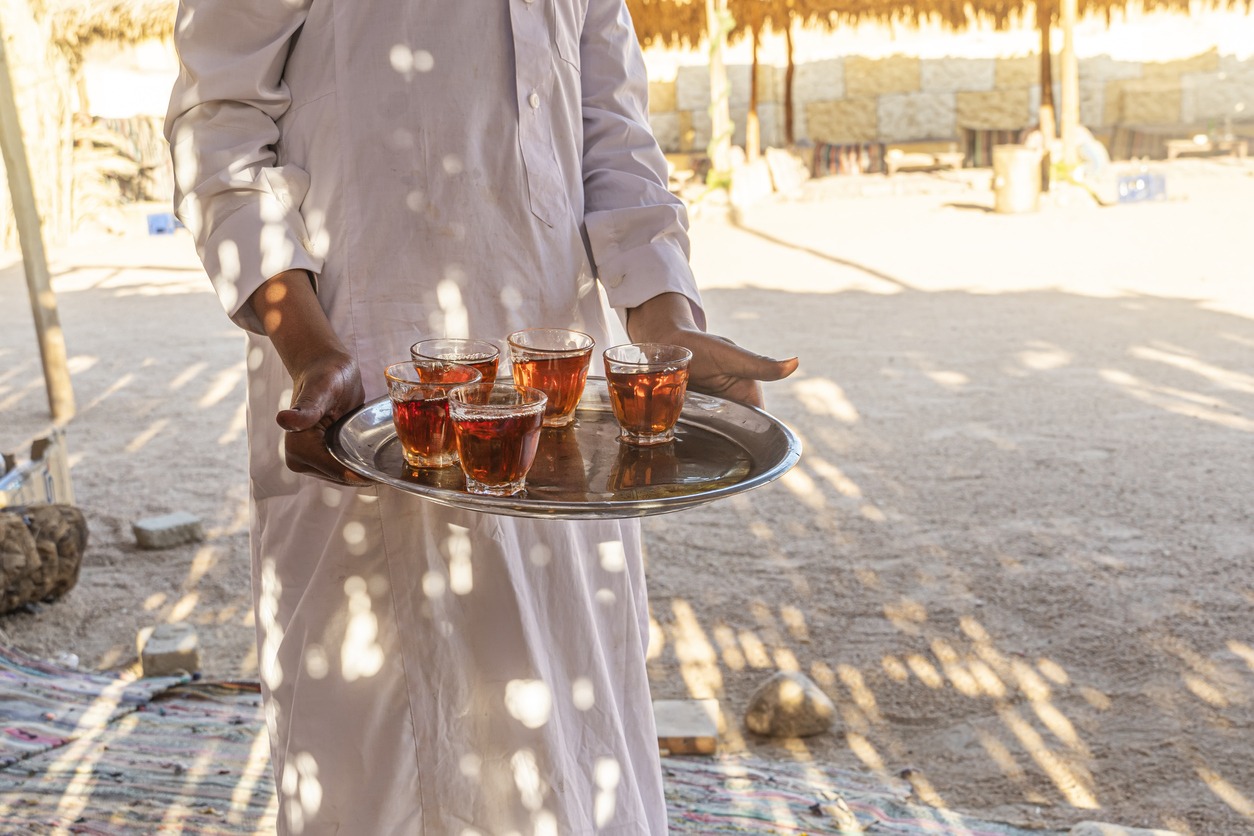The leaves of the tea shrub or tea tree are quite versatile. Although most commonly used as a beverage, tea is also used for cooking, medicine, and cosmetics, among other uses. Indeed, tea is one of the most valuable crops in the world, but most especially in Asia. In mainland China alone, production of tea in 2019 amounted to approximately 2.78 million tons, closely followed by South Korea with approximately 2.77 million tons. Those are whopping numbers, especially in South Korea, considering its land size compared to China.
But when talking about tea consumption, which country drinks the most tea? Hint: it’s not China! Or is it now Great Britain, where tea time is a stereotypical British thing to do? Or maybe Japan, the home of traditional tea ceremonies and popular matcha drinks and goodies?
Check out the list below of the top countries that consume the most tea as of 2021 (as determined by their annual consumption per capita).
1) Turkey – 3.16 kg (6.96 lb)
Turkey is currently the top tea drinker with 3.16 kilograms or 6.96 pounds of tea consumed annually.
Loose leaf black tea, or çay, is the most popular type of tea drunk in Turkey, although other types of tea, such as rosehip tea (kuşburnu çayı) and Linden flower tea (ıhlamur çayı) are also common. Turkey’s love for tea dates back many centuries. Expect Turkish tea to be strong and full-bodied upon the first sip.
When you’re offered tea in Turkey, it’s usually a gesture of friendship and hospitality. Tea time is usually three to five in the afternoon, where tea is served together with sweet snacks (such as baklava), savory biscuits, and cakes. Tea is also popular in every special event or occasion in Turkey, from weddings to funerals. Indeed, tea is very much a part of Turkish culture.
2) Ireland – 2.19 kg (4.83 lb)
When you think about Ireland, the first beverage that comes to mind is Guinness. But let’s break the stereotype here: the Irish drink far more tea than beer or any hard liquor. And it shows in the consumption – 2.19 kg or 4.83 lb, making tea the most preferred drink among the Irish. In fact, they consume more tea than their British neighbors, the preference being – like the Turkish – loose leaf black tea.
Ireland’s tea culture began in the 19th century, during which the British imported tea. The problem was that the tea was of inferior quality and so required milk. It also meant that the brew had to be a lot stronger, which explains the Irish tea custom that persists today.
Of course, you’ve heard and probably tried the popular Irish breakfast tea, which mostly consists of Assam and Ceylon teas. It is common in tea culture in Ireland.
3) United Kingdom – 1.94 kg (4.28 lb)
This list of the top tea consumers moves into a somewhat familiar territory with the United Kingdom at third place. The British consume 1.94 kg (4.28 lb) of tea every year.
Like Turkey and neighboring Ireland, the UK prefers black tea. The British have a colloquial term for a cup of strong brew: builder’s tea (or builder’s brew), named after the cheap tea commonly drunk by laborers during break time. Earl Grey is a popular tea blend whose flavors make it uniquely British.
UK’s famous tea time tradition dates back to the 17th and 19th centuries. It was once the most popular drink among the aristocrats, making tea a luxury item. But by the 18th century, the decline of tea prices made the beverage more accessible to the middle classes. And by the 19th century, tea had become a lot cheaper and was soon considered an everyday necessity among poor laborers. Despite the noticeable decline in tea drinking in recent years, tea remains an extremely popular beverage in the UK and is still ingrained in British society and culture.
4) Iran – 1.50 kg (3.30 lb)
Few people would consider Iran as a tea-drinking country. However, tea has a long-standing presence in Iranian or Persian culture. Iranians drink 1.50 kg or 3.30 lb of tea annually.
Tea first arrived in Iran – then Persia – through India during the 18th century, eventually becoming the country’s national drink. Black tea is the most type of tea preferred among Iranians.
Tea houses, or chai-khanas, dot every street corner in Iran, where tea is served strong. Most Iranians enjoy their cups of tea with sugar, but not in the way you’d think! Instead of putting sugar into a cup of tea, Iranians take a piece of a sugar cube and place it between their teeth while sipping their tea!
5) Russia – 1.38 kg (3.04 lb)
Because of Russia’s cold northern climate, it’s understandable that hot tea brews are a must for the Russians throughout the day. So, it’s not surprising that tea is an integral part of Russian culture. More than 80% of the population drinks tea, which is 1.38 kg or 3.04 lb each year.
Like all countries on this list, the Russians favor black tea. The origins of Russian tea culture date back to the Sino-Russian trade of the 17th century. Russia conducted a treaty on regular tea supplies from China, by way of camel caravans, in exchange for fur.
The Russian Caravan, named after the camel caravans transporting tea from China to Russia, is popular in the country. It is a full-bodied and robust tea blend famous for its rich and smoky flavor.
An integral part of serving tea in Russia in the traditional manner is the use of samovar, an urn specifically designed for heating water to brew tea. Many antique samovars go beyond being a utility item – they are a work of art with their intricate designs; thus they are highly prized by collectors.
6) Morocco – 1.22 kg (2.68 lb)
In case you don’t know it, tea is also widely consumed all over the African continent. Like many people, Africans also integrate tea into a myriad of ceremonies and cultural feasts.
Thus, it’s not surprising that Morocco also has its unique tea tradition. The refreshing Moroccan mint tea is a popular tea blend consisting of gunpowder green tea leaves and spearmint leaves. Brewing and drinking tea in this north African country is somewhat an art form, involving a ritual-like preparation. This tea preparation process is referred to as atai, which is usually done in front of the guests.
In atai, the host begins by rinsing a teapot with boiling water, then adding the tea leaves and mint leaves. Sugar is optional. The host adds more water so that the tea will steep for a few more minutes. The final step is a sort of show-stopper as the host proceeds to pour the freshly brewed tea into glasses from a height of at least 12 inches (30 centimeters). It’s a fantastic sight to behold!
7) New Zealand – 1.19 kg (2.63 lb)
One would not expect New Zealand to be one of the top tea-drinking nations, so its inclusion seems somewhat surprising. But it should not be, as New Zealanders take their tea-drinking habits from their British descendants, who first brought tea to the islands during the 19th century. New Zealand consumes 1.19 kg or 2.63 lb of tea every year.
Like many countries here on this list, New Zealand prefers loose leaf black tea, which they refer to as “gumboot tea,” the equivalent of the UK’s “builder’s tea.” The term is pretty new, likely appearing when imported blends such as Earl Grey became popular in the country.
8) Chile – 1.19 kg (2.62 lb)
Chile is another unlikely country to make it to the list of the world’s top tea drinkers. Chileans consume 1.19 kg or 2.62 lb of tea each year.
The so-called genuine tea from the Camellia sinensis plant was introduced to Chile during the 19th century, probably by the British. Equally popular in Chile is the regional hot beverage mate, a caffeine-rich drink made from the yerba mate plant (Ilex paraguariensis), which belongs to the holly family.
9) Egypt – 1.01 kg (2.23 lb)
At ninth place is another north African country that’s also a big tea drinker, Egypt. Egyptians, who consume 1.01 kg (2.23 lb) of tea every year, tend to have black tea with copious amounts of sugar, which they call koshary shai. Sometimes, mint leaves are added for a refreshing tang. Even more popular is hibiscus tea, which they call karkade, which is served hot or chilled with ice. Archaeological evidence suggests that ancient Egyptians, including pharaohs, were already drinking hibiscus tea for its purported health benefits.
10) Poland – 1.00 kg (2.20 lb)
Rounding out this list of top tea drinkers in the world is Poland, which consumes 1.00 or 2.20 lb of tea annually. Tea has been an everyday drink in the country since the reign of King John Casimir in the 17th century. Thanks to his wife Maria Ludwika (Marie Louise) Gonzaga, who introduced tea to the royal court, tea became a popular drink soon after.
Nowadays, tea in Poland consists of black tea mixed with lemon and sugar. It is usually served at family gatherings where it is drunk before, during, or between meals. If you want your tea with a kick, you could have herbata z prądem (literally, “tea with electricity”), which is tea infused with alcohol. Rum is usually the boozy accompaniment, although vodka or any liqueur can also be used.

